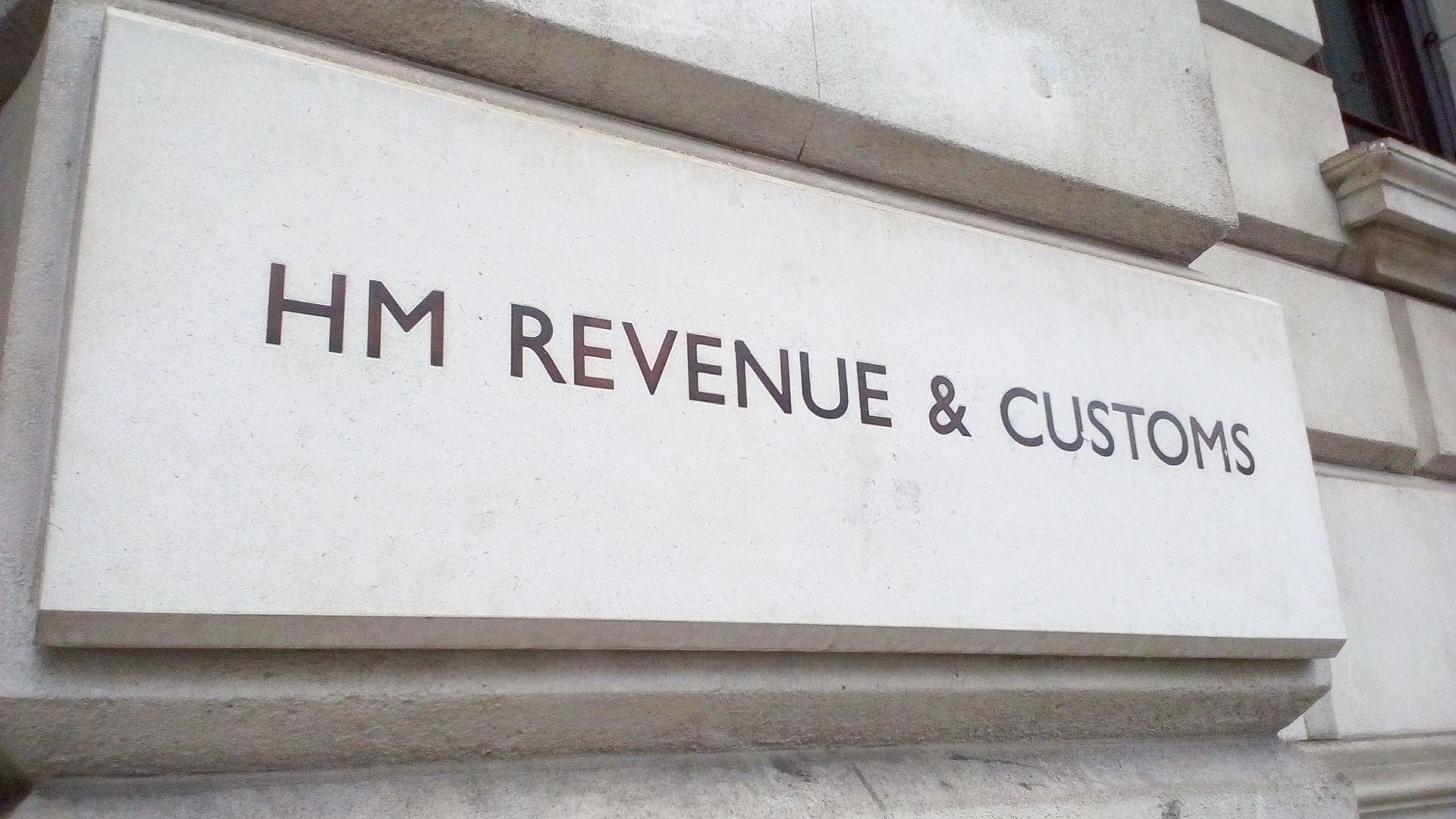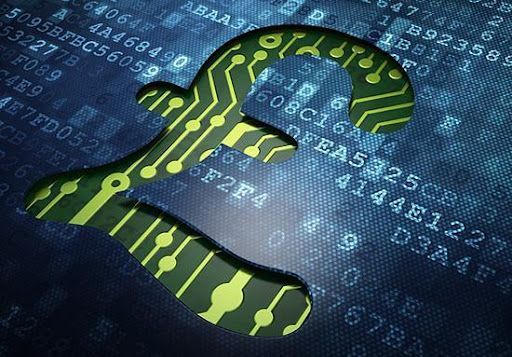The Application Process for the - 5th Self SEISS
The application process for the fifth Self-Employment Income Support Scheme (SEISS) grant will depend on details of two years of turnover and losses resulting from the pandemic.
The scheme is due to open shortly and HMRC will be contacting self employed individuals directly advising them of their eligibility to apply for the scheme, which will be open from late July. There are some rule changes for the fifth grant which are important to take into account and also note that accountants are not allowed to apply directly on behalf of their clients.
HMRC has confirmed that ‘the fifth grant is different. In most cases, you’ll need to provide two turnover figures when you make your claim. We’ll use these to work out how much you’ll get’.
Claims must include information about turnover if you submitted a tax return for your business in 2019 to 2020 as well as any of the following tax years: 2018-19, 2017-18 and 2016-17. Turnover includes the takings, fees, sales or money earned or received by your business.
Turnover must be calculated for a 12-month period, starting on any day from 1 April 2020 to 6 April 2020.
Where to find turnover figures
Turnover figures can be obtained from the 2020-21 self assessment tax return, from accounting software, go through your bookkeeping or spreadsheet records that cover your self-employment invoices and payments received, check the bank account used for your business to account for money coming in from customers, or ask your accountant or tax adviser.
Claims must not include previous SEISS grants, Eat Out to Help Out payments and local authority or devolved administration grants.
In the case of partnerships, work out and include your percentage share of the partnership’s turnover, for each individual partnership. This will be the same as the percentage of profit taken from each partnership in your reference year, even if your profit share percentage changed in 2020 to 2021. You should add this to the turnover from your other businesses.
In most cases, you must use the turnover reported in your 2019 to 2020 tax return as a reference year. The figure needs to be based on a 12-month period and include the total turnover for all your businesses.
If 2019-20 was not a normal year for your business, you can use the turnover reported in your 2018-19 tax return. Your records should show how 2019-20 was not a normal year for you. For example, if you were on carers leave, long term sick leave or had a new child; carried out reservist duties; lost a large contract or are eligible for the fifth grant but did not submit a 2019 to 2020 return.
If your turnover is down by 30% or more, the grant will be:
worked out at 80% of three months’ average trading profits; and
capped at £7,500.
If your turnover is down by less than 30%, the grant will be:
- worked out at 30% of three months’ average trading profits; and
- capped at £2,850.
If you had a total turnover of £20,000 for 2019-20, which fell to £10,000 for April 2020 to April 2021, representing a 50% drop in revenue, you will get the higher grant amount which is worth 80% of three months’ average trading profits as turnover is down by 30% or more.
If turnover is down by 20% compared to 2019-20 you will get the lower grant amount which is worth 30% of three months’ average trading profits as turnover is down by less than 30%.
If 2019-20 was not a normal year for your business, due to the pandemic, SEISS applicants can use 2018-19 as the turnover reference year.
If you are currently trading but have reduced demand, you must keep any evidence that your business has had reduced activity, capacity or demand due to Covid-19 at the time you made your claim, such as:
- business accounts showing reduction in activity compared to previous years;
- records of reduced or cancelled contracts or appointments; and
- a record of dates where you had reduced demand or capacity due to government restrictions.

Book an Appointment Today
Message Us Now
We will get back to you as soon as possible.
Please try again later.
Our Location
© 2020 All Rights Reserved | Longden & Co Ltd | Registered in England & Wales, Registered number 06710813 | Website by Infoserve | Privacy & Cookie Policy












